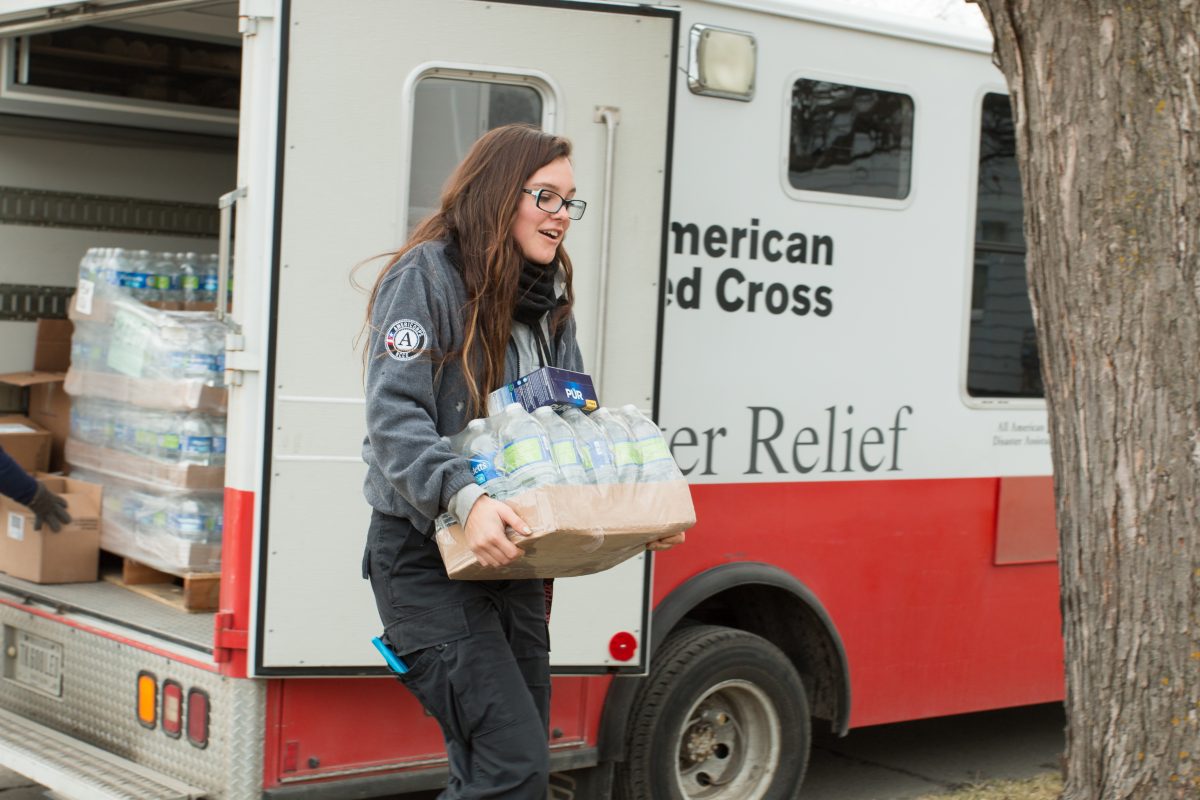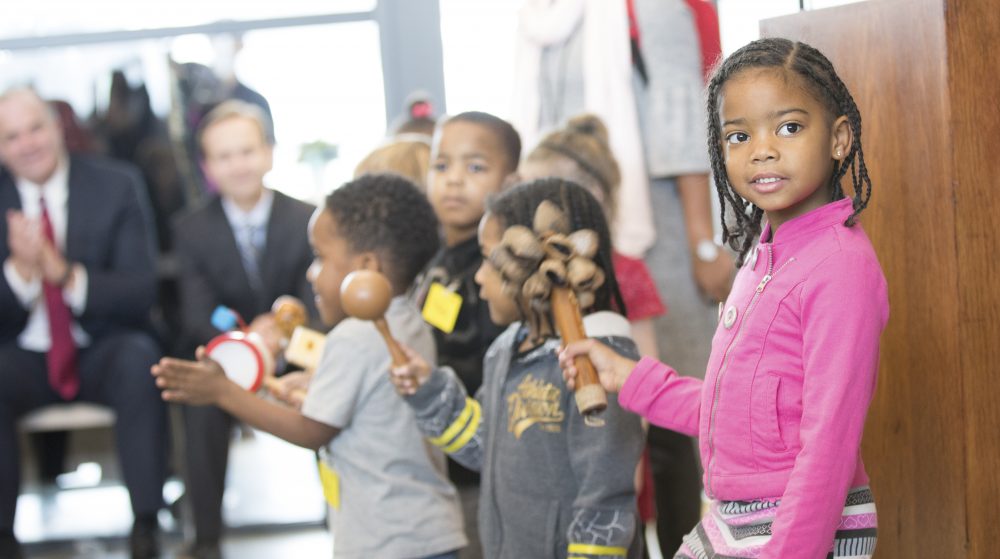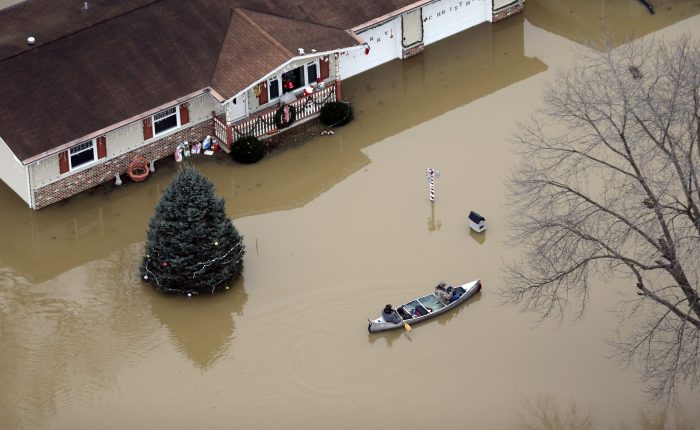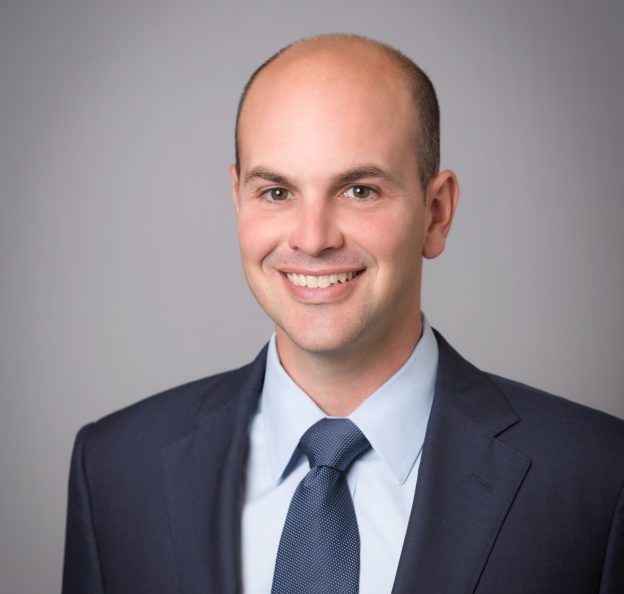Lessons from the Flint Water Crisis: An Interview with Mott Foundation’s Ridgway White
The Charles Stewart Mott Foundation’s decisive role in working to alleviate the Flint water crisis serves as a model of foundation leadership after a catastrophic event. Though Flint’s disaster was man-made, there are lessons in rapid response, collaboration and visionary grantmaking that are relevant to funders of all types of disasters. CDP President & CEO […]

The Charles Stewart Mott Foundation’s decisive role in working to alleviate the Flint water crisis serves as a model of foundation leadership after a catastrophic event. Though Flint’s disaster was man-made, there are lessons in rapid response, collaboration and visionary grantmaking that are relevant to funders of all types of disasters.
CDP President & CEO Robert G. Ottenhoff posed these questions to Ridgway White, president & CEO of the Mott Foundation, to gain deeper insights into how the Foundation defined its role, sought partnerships and supported the community’s vision for the future of Flint.
Robert Ottenhoff: You have been a long-time funder of activities in Flint. Foundations often want to do something right away after a crisis hits, but don’t know what to do or how to do it. What did the Mott Foundation first do when you learned about the water crisis?
Ridgway White: When Dr. Mona Hanna-Attisha shared research showing that a change in Flint’s drinking water had caused children’s blood lead levels to spike, we immediately called the city and state to offer our support. Our first concern was helping Flint residents get access to safe drinking water. Within three days, we announced a $4 million grant to help the city and state reconnect Flint to the Detroit water system. We also provided $100,000 to purchase water filters for residents.
RO: After the Mott Foundation committed $4 million to reconnect Flint to the Great Lakes Water Authority you called in and worked with other foundations. What was most effective in developing collaborative efforts among funders to help Flint?
RW: We let other foundations know that, because funds were slow to come from the state and federal governments, residents of Flint were waiting far too long for the help they desperately needed. We wanted residents to know that a lot of people cared about what they were going through, and we wanted to reassure them that resources would be available to help. So, we asked some of our friends in philanthropy if they would be part of a joint announcement aimed at restoring at least some sense of hope in the community. That inspired some foundations to take quicker action than their normal grantmaking processes might otherwise have allowed. Together, we announced a $125 million commitment to help Flint recover and rise.
We asked the other foundations to consider helping in two ways. We encouraged them to support the Flint Kids Fund at the Community Foundation of Greater Flint, which was established to support the long-term health and development needs of Flint children exposed to lead. We also asked them to engage in areas in which they and their grantees have expertise. That meant each foundation brought its unique strengths to the table. For example, the W.K. Kellogg Foundation has been doing work around economic development, as well as truth, racial healing and transformation, while the Carnegie Corporation of New York has provided support for literacy.

RO: The Mott Foundation committed $100 million over five years. What inspired that significant commitment? How will the money be used?
RW: Since our founding in Flint more than 90 years ago, Mott has helped people and organizations work together to support and strengthen our hometown. Our deep commitment to Flint has become even more important in the wake of the water crisis.
Our program staff worked closely with our network of grantees and other organizations that were on the ground, trying to develop solutions to what would clearly be long-term problems. That work led us to focus our funding on six priorities: ensuring that Flint residents have access to safe drinking water; meeting the health needs of families; supporting educational opportunity; strengthening nonprofits and local government agencies; promoting community engagement; and revitalizing Flint’s economy.
Thus far, we’ve directed nearly half of the $100 million commitment to strengthening the education continuum in Flint, from cradle to college and career.
And, because we want the community to know how we’re granting all of the dollars, we created an interactive feature on our website that provides ongoing updates.
RO: What would you like other foundations to know about funding during a disaster? What worked and what didn’t work for you?
RW: Know that everyone wants to help, and they’ll look to you for guidance on how to do so. If the problem and solutions are clear, it’s a lot easier to provide people with opportunities to help. If the path forward is not clear, be one of the institutions that’s willing to work alongside the community to help figure it out.
In the case of the Flint water crisis, there’s no magic pill or single intervention to address lead exposure. There are a lot of things that need to be done to support children, families and the community over the long haul. While Mott will never lose sight of that, we also hope our state and federal government will continue to support the things we helped to launch in the immediate aftermath of the crisis.
RO: What advice would you give funders if a disaster were to strike in their community?
RW: Don’t wait for a disaster to strike. Call the Center for Disaster Philanthropy to learn how to prepare for and respond to disasters to minimize their impact on your community.
Based on Mott’s experience, I’d say one of the most proactive things you can do is to support and strengthen nonprofit organizations in your community. In Flint, they were the first to respond when government failed. Invest in building the capacity of nonprofits and even government agencies so that, when a disaster hits, they — and, by extension, the community — are ready.
It’s also essential to understand that most disasters don’t affect everyone equally. Those with the fewest resources are hardest hit and face the longest road to recovery. Even as you grapple with immediate needs, it’s important to direct resources to a “tomorrow” fund that can assist people with ongoing needs.
Finally, be prepared to work faster and harder than you ever have — 24/7 for a year or more.
More like this

Three Big Lessons From Flint for Effective Disaster Philanthropy


